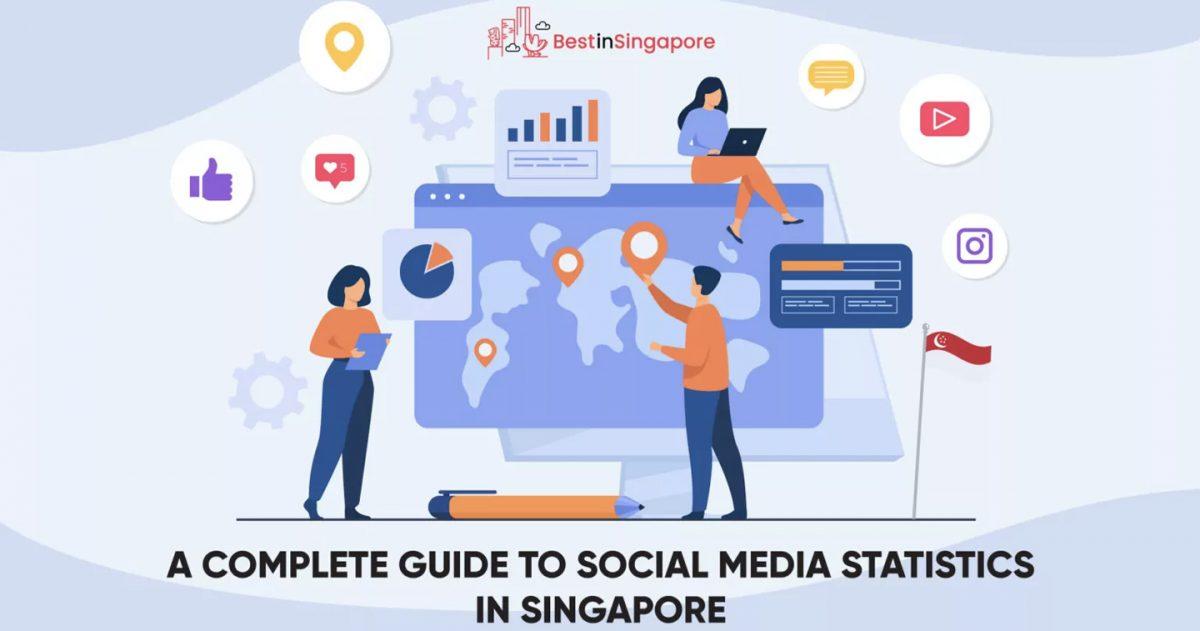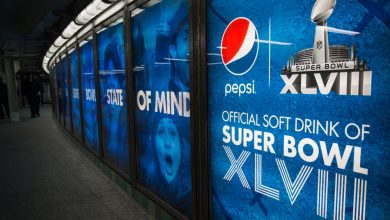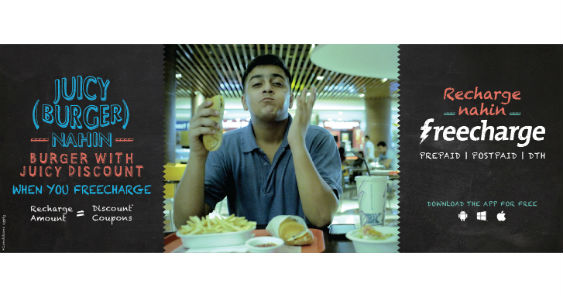MUMBAI – Sonal Dabral, Chairman and Chief Creative Officer, DDB Mudra Group, today announced a transition in the Group’s creative leadership. Effective from July 01, 2017, Rahul Mathew, currently the Creative Head, DDB Mudra West will be appointed as the National Creative Director, DDB Mudra Group and Brijesh Jacob, currently the Joint Managing Director, 22feet Tribal Worldwide will be appointed as the Group’s Chief Creative Technologist. To facilitate a seamless transition, both Brij and Rahul will be working closely with Sonal until end of September 2017, after which he will pass the baton.
In his new Group role, Rahul will be responsible for the creative product of the DDB Mudra West while Brij will be responsible for the creative mandate of the DDB Mudra North, DDB Mudra South, DDB MudraMax (Media, OOH and Experiential) and 22feet Tribal Worldwide. This will be in addition to Brij’s existing role as the Joint Managing Director, 22feet Tribal Worldwide. Both, Brij and Rahul will be reporting to Vineet Gupta, Group CEO, DDB Mudra Group (Designate) and will jointly lead the overall creative product of the Group.

Sonal Dabral, outgoing Chairman and Chief Creative Officer, DDB Mudra Group
Quoting on the transition, Sonal Dabral said “I have enjoyed my five years in the DDB Mudra Group, working with a great young team here. I’m happy that in the past few years, we were able to put together a strong creative team with able leaders in all the different entities and offices of the Group. As I move on from the DDB Mudra Group to different creative challenges, I’m excited to announce that Rahul Mathew and Brijesh Jacob will now take on the mantle of leading the creative at the Group. Both Rahul and Brij are very experienced creative leaders and will make a strong combination to lead the Group. Where Rahul brings his storytelling and advertising experience to the table, Brij’s experience with technology and new media, which comes from him leading 22feet Tribal Worldwide for over a decade; makes them a strong combination for any client’s business. I will work closely with both of them over the next few months, to ensure a smooth transition. I wish Rahul, Brij and DDB Mudra Group all the very best.”
A creative stalwart with close to two decades of experience, Rahul Mathew has built many renowned brands and has won multiple awards along the way. A new age creative thinker to the very core, he is equally adept at traditional, non-traditional and digital media. Rahul joined DDB Mudra West in 2014 as the Creative Head. Since then, he has worked closely with Sonal Dabral and Rajiv Sabnis, Managing Partner, DDB Mudra West to innovate the agency’s product consistently and to create celebrated work for agency’s diverse client roster including brands like Big Bazaar, Century Ply, Godrej, Lipton, Johnson and Johnson, Volkswagen and Symphony to name a few. During his earlier stints with other leading national and international agencies, Rahul added prestigious brands like Airtel, Cathay Pacific, Coca Cola, Colgate, Parachute and Tata Motors to his portfolio. He is an appreciated writer and has a known track record of guiding his teams to achieve creative and business objectives.
Brijesh Jacob is one of the pioneers of ‘creativity for digital world’ in India. An SIMC alumnus, Brij entered the ad-world as a trainee copywriter with Rediffusion Y&R. Since then, he has been associated with strong agency names like Lowe Lintas. His stint with the traditional media ended after his association with Grey Worldwide as an ECD. In 2009, he moved further to be the co-founder of one of India’s top 5 leading digital agencies- 22feet (**Brand Equity Agency Reckoner 2017) . Since 22feet’s inception, Brij has been largely responsible for its creative and technology product of the agency’s Mumbai team. With the ever evolving consumer dynamics, Brij’s rational and futuristic stand- point has led the agency to win the businesses and trust of the many renowned brands that the team works with.
In main photos are Rahul Mathew, National Creative Director for DDB Mudra Group, and Brijesh Jacob, DDB Mudra Group Chief Creative Technologist.









